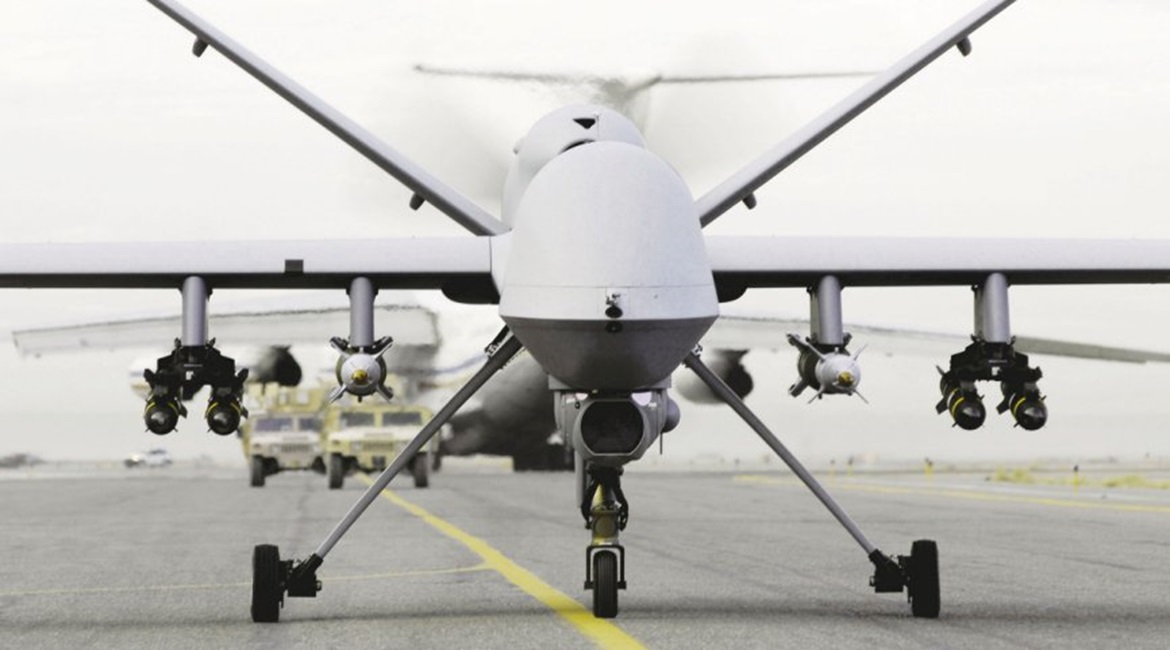
The United States has changed its policy on the export of unmanned aircraft systems (UASs), recategorising some of the most restricted platforms to make them easier to sell to international customers.

The revised policy on the export of unmanned aircraft will make it easier for the United States to sell its more capable platforms, such as the MQ-9 Reaper (pictured), that are currently off limits to customers. (US Air Force)
Announced by the US government on 24 July, the new policy remains within the scope of the Missile Technology Control Regime (MTCR) that governs weapons of mass destruction (WMD) and their means of delivery, and replaces the previous policy announced in April 2018.
“This policy change modernises the US government’s approach to implementing MTCR commitments, makes it more reflective of technological realities, and helps US allies and partners meet their national security and commercial requirements,” the government said. “The United States looks forward to all MTCR nations joining us in adopting this new standard.”
Specifically, the change enables the US to invoke its national discretion on the implementation of the MTCR’s ‘strong presumption of denial’ for the transfers of Category I systems. “The US government will treat a carefully selected subset of MTCR Category I UASs with a maximum airspeed less than 800 kph as Category II”, the government said, noting that all potential transfers of military UASs will continue to require case-by-case review to consider all US interests.
The revised policy supplements and builds upon the US Conventional Arms Transfer (CAT) Policy and is consistent with the requirements of the Arms Export Control Act (AECA) and the Foreign Assistance Act that govern all US military transfers. This policy’s six primary objectives with respect to UAS transfers remain unaltered:
Looking to read the full article?
Gain unlimited access to Janes news and more...




